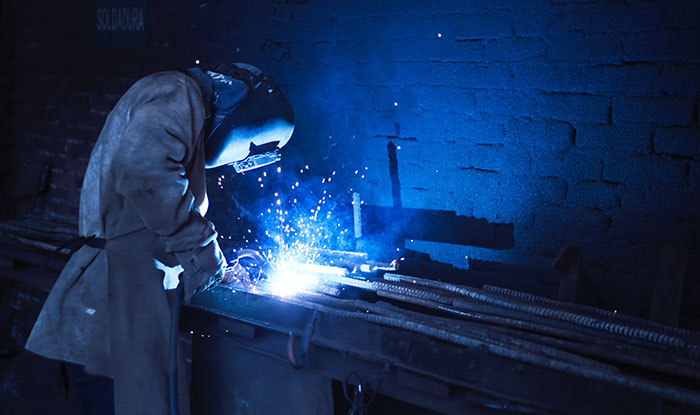Think About Safety In The Wood Shop
Carpentry, millworks and industrial wood shops are all great assets to homeowners and other customers who want quality wood furniture and products. However, the realities of working in a wood shop can be fairly dangerous to the employees. Although these craftsmen are typically very skilled with woodworking and the tools they use, the dangers of a wood shop are innumerable. Whether you're a manager, craftsman or new employee, these are some of the most important and unexpected hazards to safety in the wood shop, regardless of size.
Beware the Dust
By the CNC machine, under the saws and nearly anywhere else you look in a wood shop, there will be tons of wood chips or dust. While working with wood, many people use masks to protect themselves from breathing in the tiny particles, but precaution should be taken when these specks are on the ground as well.
Saw dust, wood chips or other debris can be just as slippery and dangerous as any spilled liquid that reduces traction. Having a room full of heavy machinery and a slippery floor doesn't mix. Because the floor can't be cleaned immediately or constantly, it's important to use proper work boots that can help improve friction and reduce the likelihood of falling.
In addition to slip-resistant shoes, many companies use nonslip mats that give workers additional protection against slipping. So, when they're using a power saw, they don't have to worry about losing their footing.
Be Careful With Finishes and Stains
When it comes to safety in a wood workshop, extreme caution needs to be used with saws and other major power tools that could cause serious injury in a matter of seconds. However, stains, shellacs, oils and waxes may not instill that same level of fear, despite their dangerousness.
The woodworking experts from Illinois' Corn Belt Carving Club reminded craftsmen to be careful with these chemicals. They should always be used in very well-ventilated areas to limit inhalation or incapacitation. Similarly, everything used in conjunction with the chemical – rags, brushes, bags – should be cleaned to avoid secondary contamination. Follow the product's directions for use and cleaning. These chemicals can cause a loss of consciousness, which is a sign of serious injury, and cause even further harm from a fall. So let people know when you are using this type of chemical. That way he or she will notice if you're gone for too long and can provide you with aid.
Don't Try To Be Tough
Many young industrial workers can try to be tougher than the situation needs and end up hurting themselves. Whether it's lifting an item, kneeling on concrete or wearing woodshop shoes without adequate support, a worker can cause serious damage to his or her own body. These injuries are less obvious than others, because poor lifting form doesn't seem as dangerous as a table saw, but over time it can incapacitate at the same level.
Wood shop safety experts recommend knee pads for jobs where you'll be kneeling, heavy aprons to protect from abrasions and lacerations, and any other safety equipment that can protect your body from harm. Proper lifting requires woodworkers to keep their feet shoulder-width apart, bend at the knees, lift with the legs and go slowly. A good grip of the item being lifted is also critical, Work Safe British Columbia explained.
Use Caution With Hand Tools
Although power tools can be very dangerous, hand tools are still a potential hazard. The biggest risk of hand tools may be that people don't give them the same caution as they do with power tools. This can lead to lax safety protocol and serious injuries. Practice the woodshop safety rules you learned when you first started with hand tools regardless of your level of experience.
If you adhere to the general woodshop safety rules,, follow the warning labels and instructions on tools and other product, and keep these tips in mind, you will be on track to minimize your chance of injury.
Employees and Your Bottom line.
Don't Forget To Share This Post!

Top 10 Loading Dock Safety Tips
Loading dock areas are notorious for their numerous safety hazards. Sidestep risk to your workers by following these 10 loading dock safety tips.

Keep Safe While Working In a Metal Shop
Being aware of the common injuries associated with working in a metal or machine shop is critical. Here are the most common hazards and safety tips.

Think About Safety In The Wood Shop
Whether you're a manager, craftsman or new employee, here are 4 important and unexpected hazards to safety in the wood shop, regardless of size.